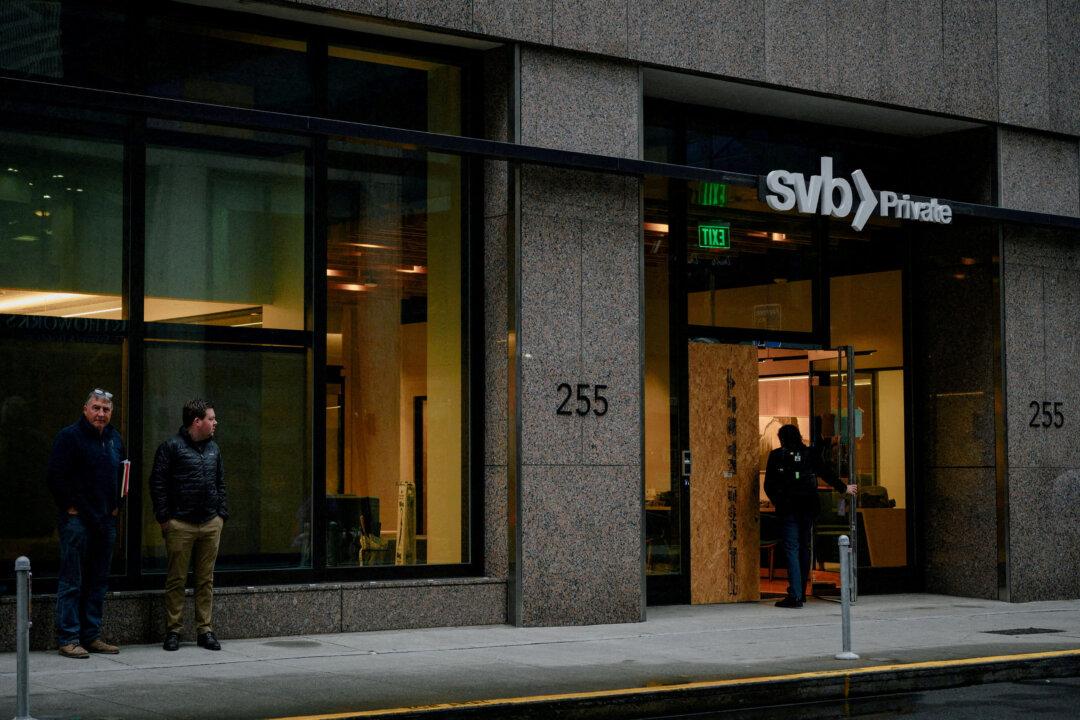American banks saw their profits almost halve in the last quarter of 2023, with institutions facing more downside risk this year, according to the Federal Deposit Insurance Corporation (FDIC).
Fourth-quarter net profits of 4,587 commercial banks and savings institutions insured by the FDIC came in at $38.4 billion, a decline of $30 billion, or 43.9 percent from the previous quarter, according to a Thursday press release from the organization. Full-year 2023 net profit dropped by 2.3 percent from the previous year.





